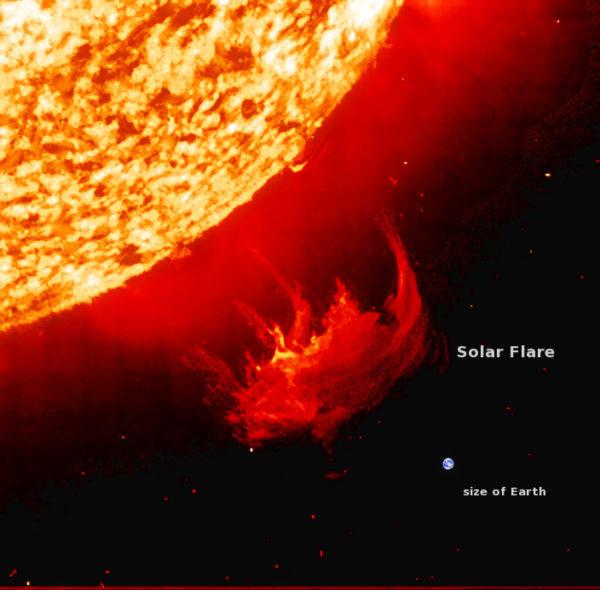Even after stripping out the more crackpot notions there are still more theories for what caused the extinction events than there have been events. At least two dozen potential culprits have been identified as causes or prime contributors: global warming, global cooling, changing sea levels, oxygen depletion of the seas (a condition known as anoxia), epidemics, giant leaks of methane gas from the seafloor, meteor and comet impacts, runaway hurricanes of a type known as hypercanes, huge volcanic upwellings, catastrophic solar flares.

This last is a particularly intriguing possibility. Nobody knows how big solar flares can get because we have only been watching them since the beginning of the space age, but the Sun is a mighty engine and its storms are commensurately enormous. A typical solar flare — something we wouldn't even notice on Earth — will release the energy equivalent of a billion hydrogen bombs and fling into space a hundred billion tons or so of murderous high-energy particles. The magnetosphere and atmosphere between them normally swat these back into space or steer them safely toward the poles (where they produce the Earth's comely auroras), but it is thought that an unusually big blast, say a hundred times the typical flare, could overwhelm our ethereal defenses. The light show would be a glorious one, but it would almost certainly kill a very high proportion of all that basked in its glow. Moreover, and rather chillingly, according to Bruce Tsurutani of the NASA Jet Propulsion Laboratory, "it would leave no trace in history."












